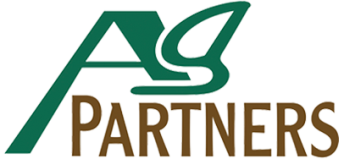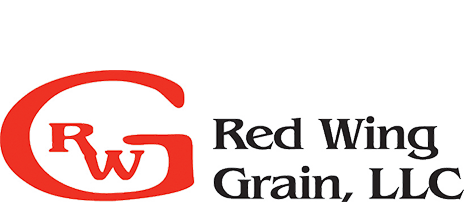If you wish to feed a VFD medication on or after January 1, 2017, you will be required to have a valid VFD to do so. NOW is the time to establish a VCPR with your veterinarian if you have not already done so. Having this relationship established within the next couple of months will simplify the feed ordering, manufacturing and purchasing process for you, your veterinarian and for our staff come the first of the year.
What is a VFD?
A VFD (Veterinary Feed Directive) is a written order (paper or electronic) issued by a licensed veterinarian to approve the use of a VFD medication. It allows a feed dealer or distributor to sell a VFD medicated feed to the end-user within the conditions of the VFD. This applies only to drugs that have been determined as medically important. It does not apply to ionophores, coccidiostats and some other antibiotics not used in human medicine.
What medications will require a VFD?
- Medically important and will require a VFD – neomycin, lincomycin, Tylan®, Pulmotil® (already VFD), Stafac®, chlortetracycline, oxytetracycline
- Non-medically important and unaffected by this law- Bovatec®, Rumensin®, Mecadox®, BMD®, Denagard®, Amprol®/ Corid®, MGA®, Paylean®/Optaflexx®, Deccox®
What are some of the most important implications of these changes for producers?
• Use of CTC, OTC, and AS-700 will all require a VFD.
• Feedlots will be able to use Rumensin without change, but a Rumensin/Tylan combination will require a VFD.
• Producers will need a VFD to add an NT medicated pack to milk replacers.
What can a producer do to prepare?
• Evaluate what antibiotics are currently used. Which are important? Which could easily be removed from the feeding regimen? Now might be a good time to remove the feed-grade antibiotics that are in place, but may not be important to the facility.
• Starting January 1, 2017, access to VFD medications will require the approval of your veterinarian. Now is the time to start working more closely with your veterinarian so that the vet understands your operation and the specific medication needs of the farm. It is required that the veterinarian have a veterinary client patient relationship (VCPR). Start discussing the disease prevention and treatment protocols. Adapting to the VFD requirements will be far less painful if you start discussing your needs now rather than waiting until a disease break after the regulations change and then scrambling to get the necessary paperwork to purchase the needed antibiotic.
• The VFD regulations require that producers keep records of medicated VFD feed use, including a copy of the VFD and feed mixing records for two years. Now is a good time to evaluate the on-farm records relating to medication use. Get a system in place that traces how and when medications are used on the farm. You don’t have to wait until 2017 to put a system in place. Start now so it is a habit when the regulations take effect.
Frequently Asked Questions:
Q: Can a producer stockpile and then use up the inventory of VFD medicated feeds after the January 2017 implementation date?
A: Nothing can stop the producer from procuring the extra supply, but it is illegal to feed the VFD drug (without a VFD) after January 1, 2017 even if he/she possesses it. There is no justification to stockpile product near the end of 2016.
Q: Can a veterinarian phone the request to the feed dealer?
A: NO. Feed cannot legally be delivered before the written (or faxed) VFD is in the possession of the feed provider.
Q: Is the expiration date the last date a feed could be mixed or sold to the customer?
A: No, the expiration date is the last date the drug can be fed to the animals.
Q: What about adding NT med packs to milk replacers?
A: An NT medication pack will be available (upon VFD authorization) for mixing at the farm to combat specific disease challenges. Because milk replacer is considered a feed, any product specifically designed to be added to it will be considered a VFD drug and not a water-soluble product subject to the more stringent veterinary prescription.
Q: Will certain VFD drug uses change?
A: Yes, any production claim, such as increased weight gain or feed efficiency, will go away.
Q: What about water soluble antibiotics?
A: Currently, packages of “medically important” water-soluble antibiotics are sold over-the-counter in feed mills, farm stores, drug supply catalogs, etc. After January 1, 2017, any of these products will require a veterinary prescription and only be available from the veterinarian. Examples of these products would be the various tetracyclines, neomycin, penicillin, sulfa, etc.
Q: What about the water-soluble antibiotic powders (oxytetracycline, lincomycin, etc.) that foot trimmers use for topical treatment of digital dermatitis?
A: After January 1, 2017, those products must be prescribed and provided by the attending veterinarian on an individual herd basis. An industry professional (other than a veterinarian) will not be allowed to carry an inventory of these water-soluble products.
For more information, feel free to contact your Feed Sales Team member, your veterinarian, someone on the feed team in Goodhue or Pine Island, or visit the FDA’s website for details and final rulings.
Goodhue: (651) 923-4496
Pine Island: (507) 356-8313
FDA: http://www.fda.gov/AnimalVeterinary/DevelopmentApprovalProcess/ucm449019.htm


